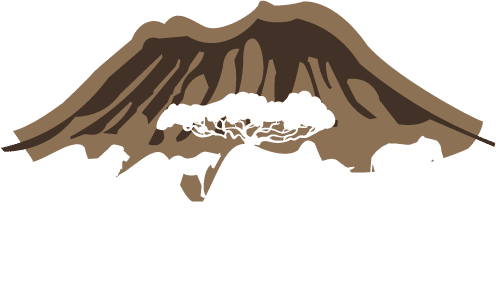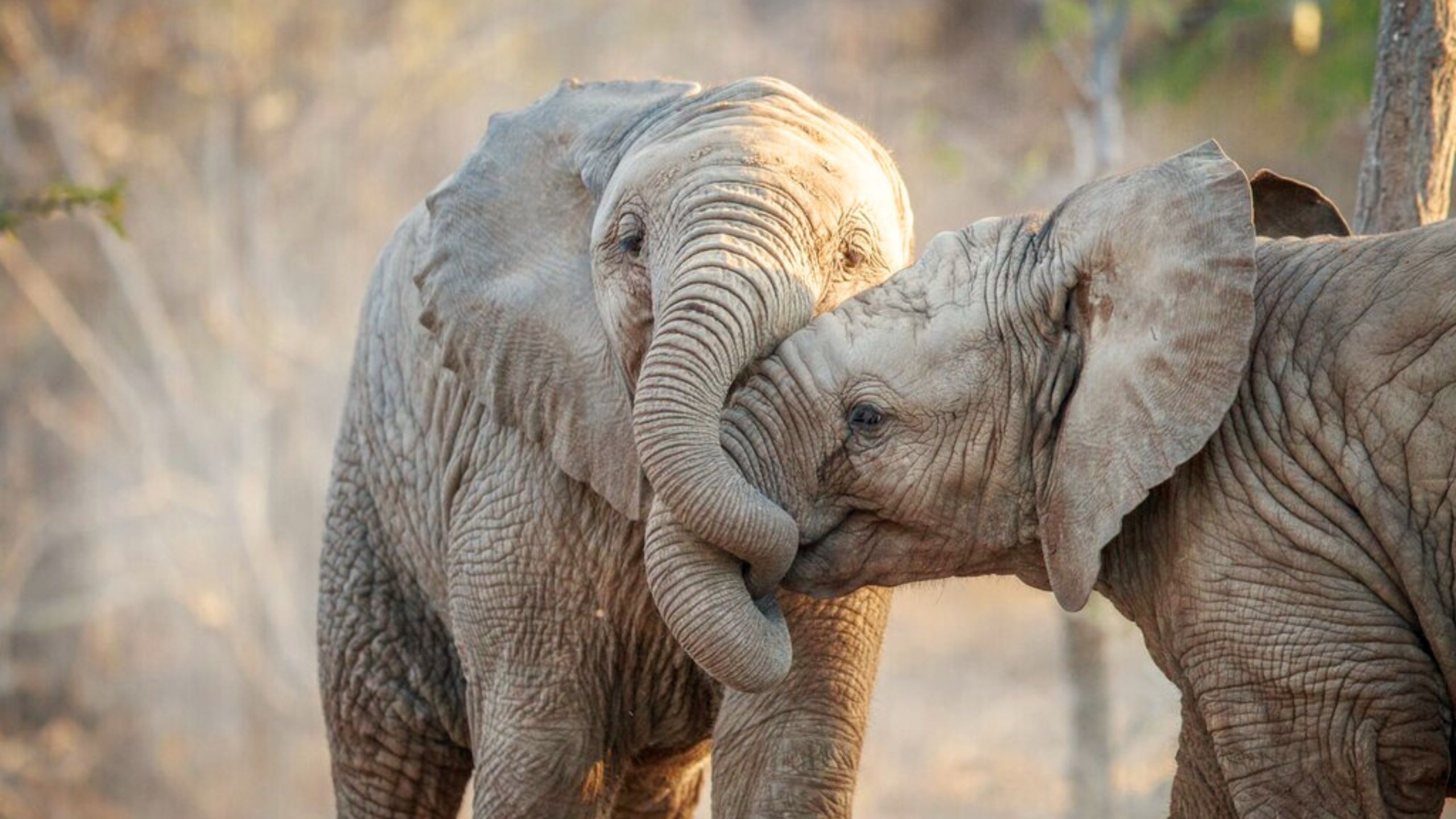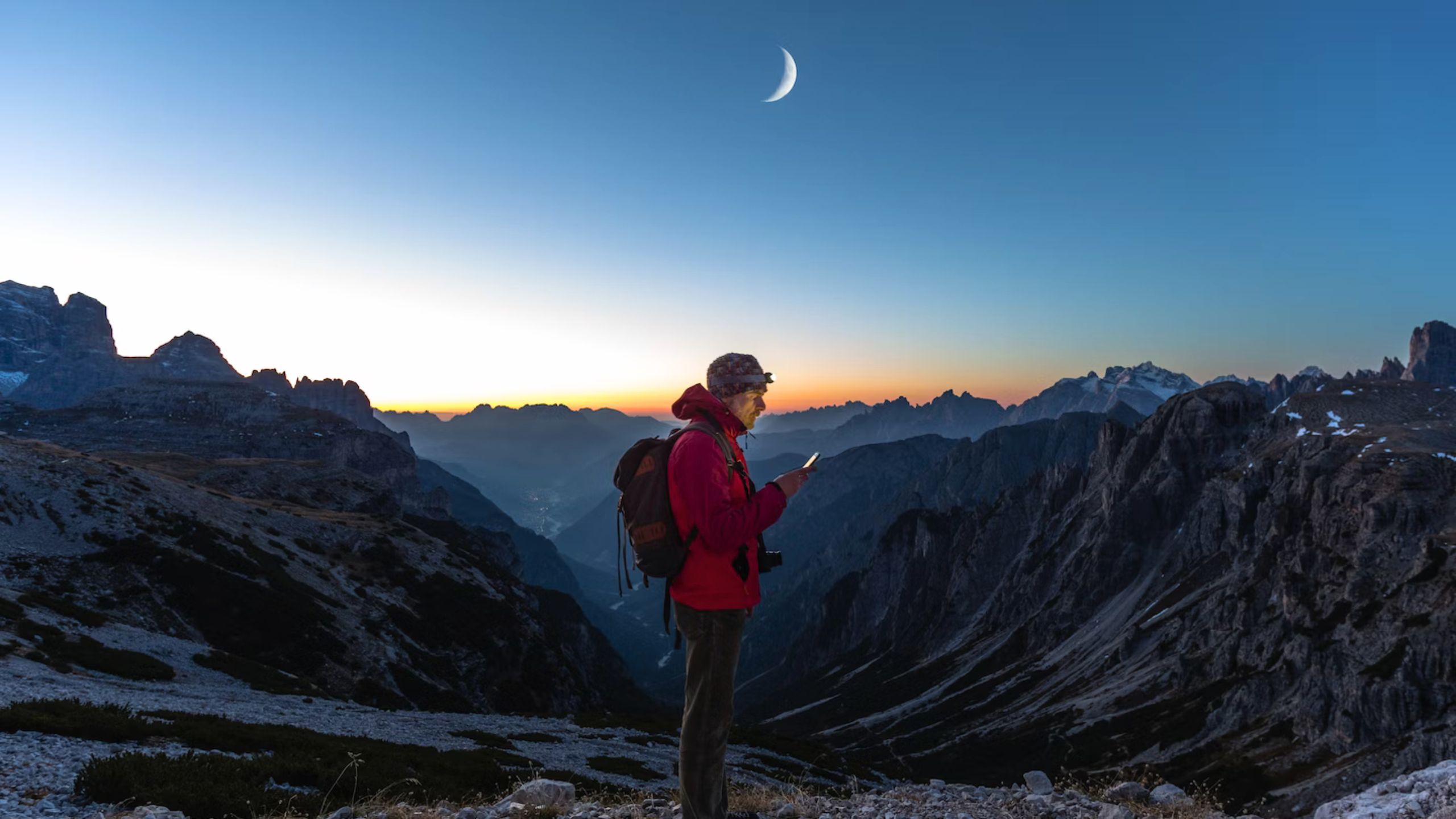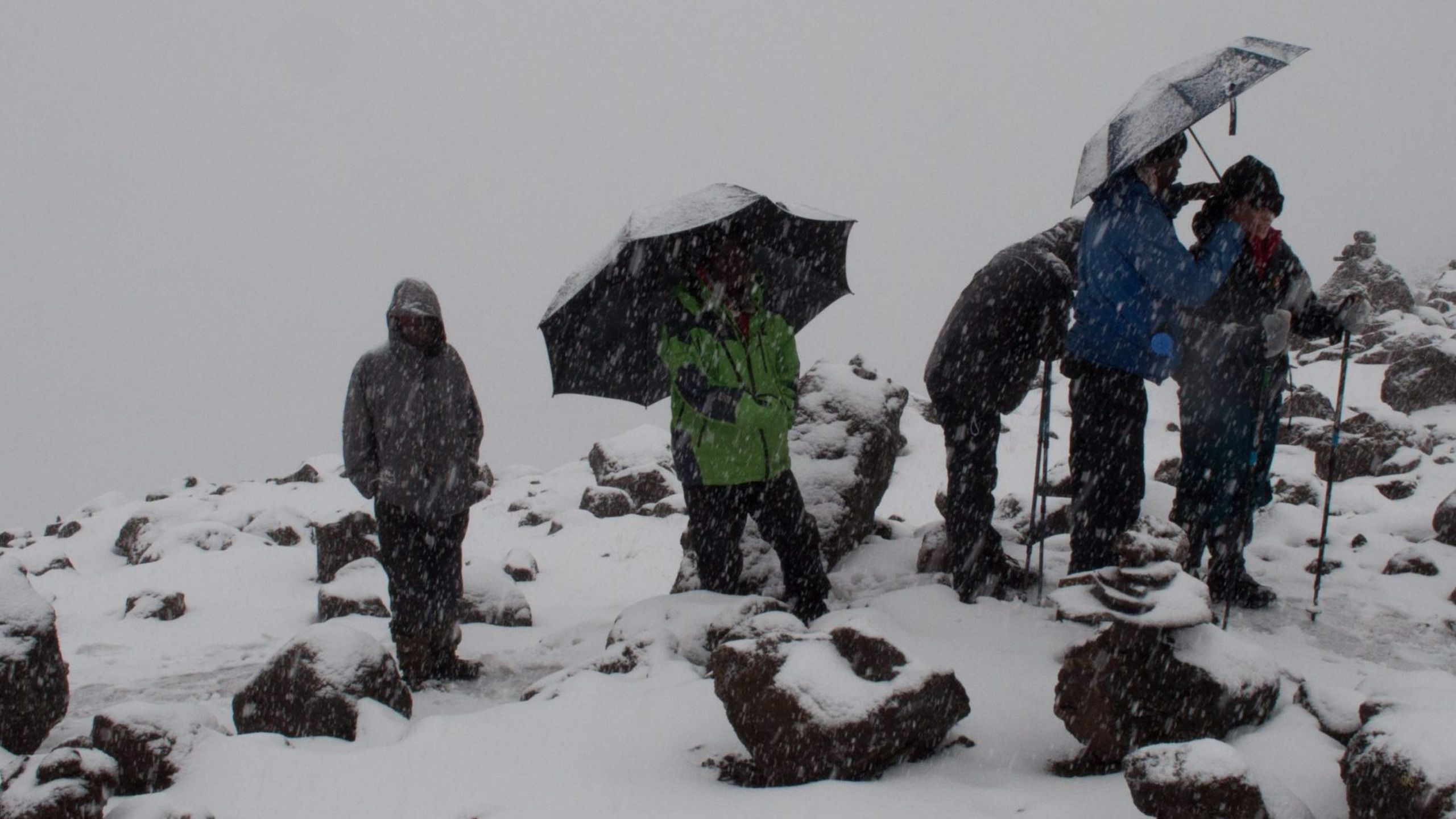The Serengeti Conservation and Ecosystem represent one of the most iconic and vital natural landscapes in the world. Located in East Africa, spanning across northern Tanzania and extending into southwestern Kenya, the Serengeti is renowned for its unparalleled biodiversity, sweeping landscapes, and crucial role in global wildlife conservation efforts.
This article provides an in-depth exploration of the Serengeti Conservation and Ecosystem, delving into its geography, wildlife, conservation efforts, challenges, and cultural significance.
Geography:
The Serengeti region covers approximately 30,000 square kilometers (12,000 square miles) and encompasses various ecosystems, including grasslands, woodlands, riverine forests, and rocky outcrops. The Serengeti is part of the larger Serengeti-Mara ecosystem, which also includes the Maasai Mara National Reserve in Kenya.
Wildlife:
The Serengeti is renowned for its incredible wildlife diversity, drawing tourists and researchers alike. The region is home to the “Big Five” – African lion, African elephant, African leopard, African buffalo, and black rhinoceros. However, the Serengeti’s wildlife extends far beyond these charismatic megafauna.
It’s also home to wildebeests, zebras, giraffes, various antelope species, cheetahs, hyenas, crocodiles, hippos, and numerous bird species. The annual wildebeest migration is a spectacular natural event, involving the movement of nearly two million wildebeests, accompanied by zebras and other herbivores, across the Serengeti in search of water and fresh grazing.
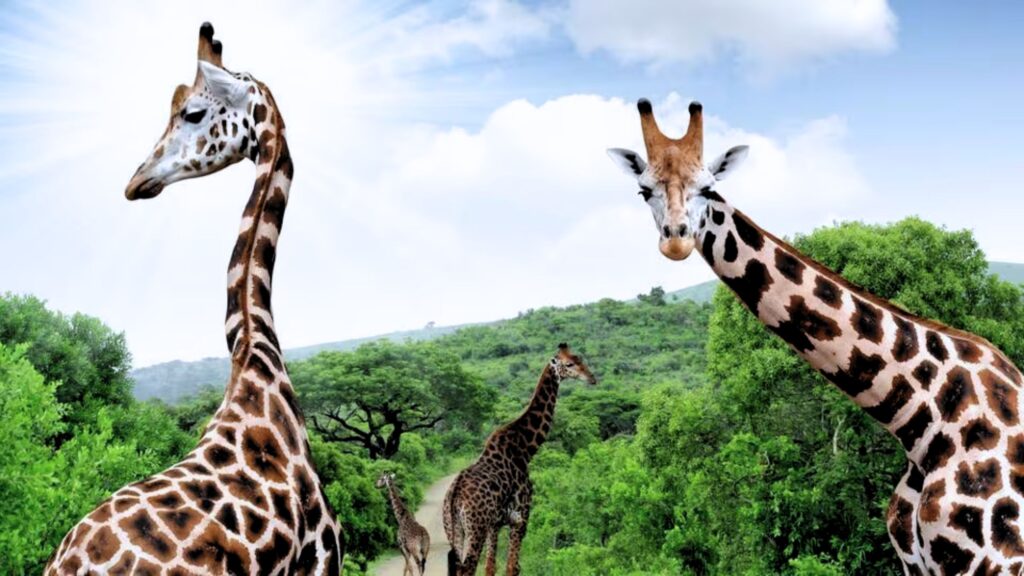
The Great Migration:
One of the most awe-inspiring natural phenomena, the Great Migration, defines the Serengeti ecosystem. Each year, around 1.5 million wildebeest, along with hundreds of thousands of zebras and other herbivores, embark on a cyclical journey in search of water and grazing. This mass movement is influenced by seasonal rainfall patterns and the need to find fresh pastures. The migration not only sustains the herbivore populations but also supports predators and scavengers, creating a complex web of ecological interactions.
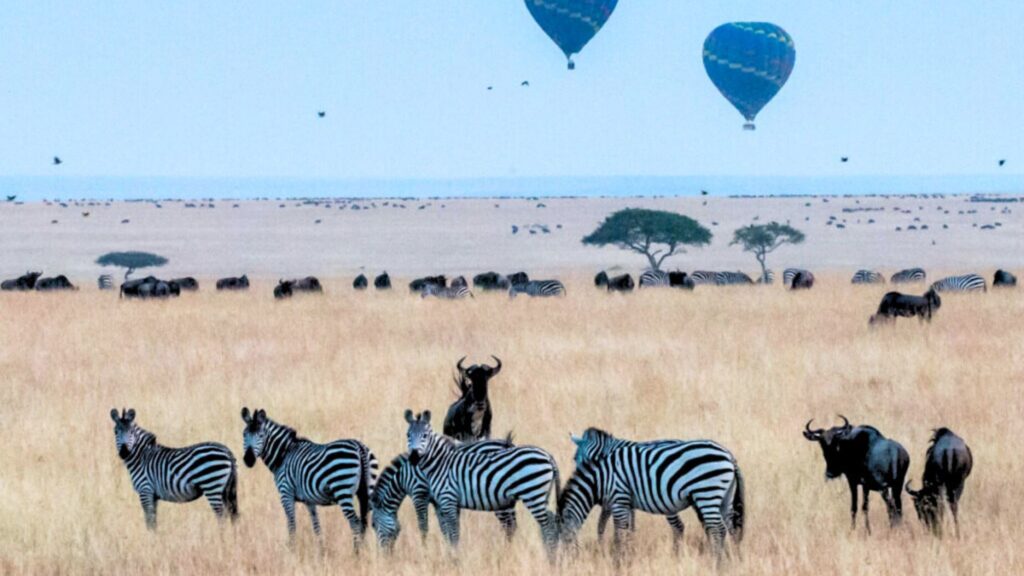
Conservation Initiatives:
Recognizing the ecological significance of the Serengeti ecosystem, the Tanzanian government established the Serengeti National Park in 1951. This was followed by the establishment of the larger Serengeti Conservation Area, which includes the park, multiple game reserves, and areas designated for human habitation. The area’s UNESCO World Heritage Site status acknowledges its universal value and emphasizes the importance of its protection. Conservation efforts encompass anti-poaching measures, habitat restoration, community engagement, and sustainable tourism management.
Challenges and Threats:
While strides have been made in conservation, the Serengeti ecosystem faces numerous challenges. Poaching, driven by the illegal trade in ivory and bushmeat, remains a persistent threat to iconic species. Habitat fragmentation due to human activities like agriculture and infrastructure development disrupts wildlife corridors and migration routes. Climate change introduces uncertainties in rainfall patterns, which could impact the timing and dynamics of the Great Migration.
Future Outlook:
The future of the Serengeti Conservation and its ecosystem hinges on continued dedication to conservation principles. Adaptive strategies that address emerging challenges, such as climate change and human-wildlife conflict, are crucial. Balancing the needs of local communities, wildlife, and tourism requires innovative approaches that emphasize collaboration, education, and scientific research.
Challenges:
While the Serengeti is a symbol of successful conservation efforts, it still faces significant challenges:
1. Poaching: Poaching for ivory, bushmeat, and animal parts remains a critical threat to the Serengeti’s wildlife. Elephants and rhinos, in particular, are targeted.
2. Human-Wildlife Conflict: As human populations grow, conflicts between wildlife and communities can arise, especially concerning crop raiding and attacks on livestock by predators.
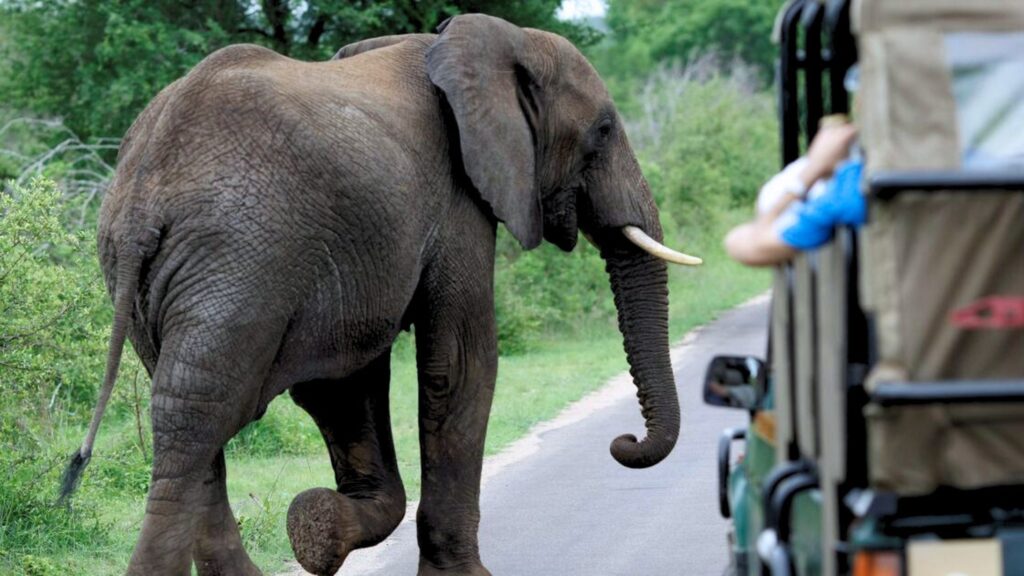
3. Habitat Fragmentation: Infrastructure development, including roads and settlements, can lead to habitat fragmentation and disrupt animal migration routes.
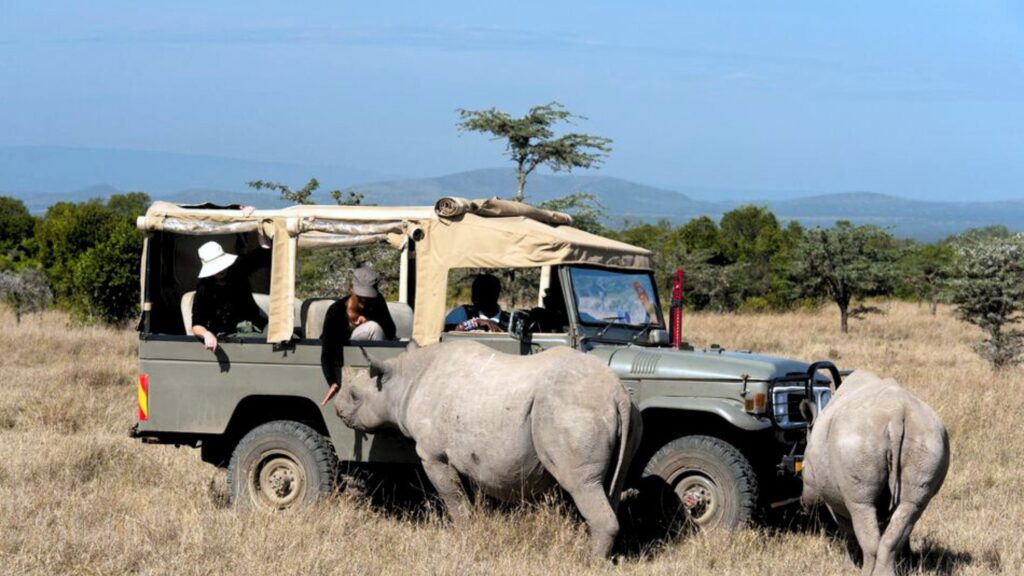
4. Climate Change: Changing weather patterns and temperatures can impact the availability of water and suitable grazing areas for wildlife.

Cultural Significance:
The Serengeti ecosystem is not only a haven for wildlife but also a landscape of cultural significance. The Maasai people, with their unique way of life, contribute to the region’s cultural richness. Traditional practices, ceremonies, and coexistence with wildlife reflect a deep-rooted connection to the land. Collaborative conservation efforts that involve local communities are essential to ensure the sustainability of both the ecosystem and cultural heritage.
Tourism and Economic Impact:
Tourism is a cornerstone of the Serengeti’s economy, generating revenue for conservation efforts and supporting local livelihoods. Responsible and sustainable tourism practices are essential to prevent negative impacts on the environment and wildlife. Well-managed tourism provides educational opportunities for visitors, fosters appreciation for nature, and contributes to the protection of this fragile ecosystem.
The Serengeti Conservation and Ecosystem stand as a testament to the marvels of the natural world and the imperative of preserving our planet’s biodiversity. Through diligent conservation efforts, collaboration, and sustainable practices, the Serengeti’s majestic landscapes and diverse wildlife can continue to captivate and inspire generations to come.
🌍 Unleash Your Adventurous Spirit on an African Safari! 🐘🦁
Ready for a thrilling escape? Dive into the mesmerizing world of African safaris and discover untamed landscapes teeming with exotic wildlife. Click here : Go2AfricaRoofTop to embark on an unforgettable journey where lions roar and elephants trumpet, where giraffes gracefully roam and cheetahs sprint across the golden plains. 📸🌿
Experience heart-pounding moments as you witness predators on the prowl and marvel at the grace of herbivores in their natural habitat. Immerse yourself in the rich tapestry of sights and sounds, from golden sunsets casting a warm glow to the symphony of wildlife echoing through the savannah. 🌅🦒
This is your chance to capture captivating photographs and create memories that will last a lifetime. Don’t miss out on the adventure of a lifetime. Click here : Go2AfricaRoofTop to start planning your African safari today! 🗺️✈️🦁
